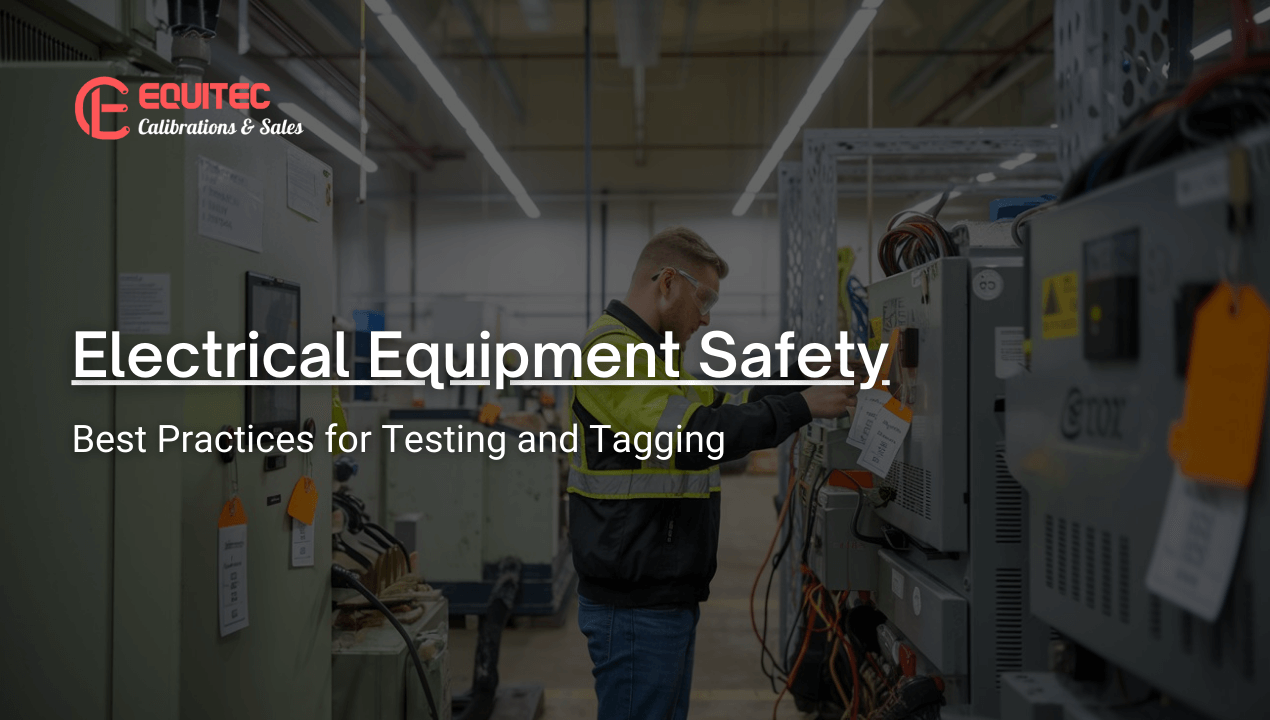Testing and tagging electrical appliances are a helpful method. How? It ensures that all electrical equipment has been checked and verified as safe. But this is not a must. What the law demands is that equipment be safe from electrical issues and kept in a secure state.
Testing and tagging do not ensure future electrical safety. They only give a picture of how secure the appliance is during the test period. The choice to test and tag is with the person conducting the business or undertaking (PCBU). They can either get testing equipment and train a worker or engage a third party for this process.
The one who performs the work must be professional to carry it out correctly. This person doesn’t need to be a registered electrical worker. In any situation, they do need to comprehend the standards involved. Yet, when there are issues with testing, only a registered electrical worker can help.
The number of times you test, and the type of equipment and workplace determine the tag. A computer in an office would not need frequent testing as electrical equipment. Why? Because it is used on a construction site that is exposed to outdoor elements, like dampness.
What are the Testing and Tagging Best practices?
Regular Inspection and Testing
Inspections and tests are very important for finding possible dangers in electricity. A consistent schedule for testing and tagging is essential for businesses. These companies have restricted resources and budgets. So many firms do not pay attention to this safety step.
The equipment in businesses can be diverse. It can range from computers and printers to power tools and extension cords. You can make a testing schedule that includes all items for checking at suitable times. It also depends on their risk levels and how often they are used. Equitech can help you make a special testing schedule that fits your business. Our experts guarantee the safety of your workers and clients.
Training Employees on Electrical Safety
Training your staff on electrical safety is inevitable. It reduces the chance of accidents that happen due to poor equipment handling. With proper knowledge, employees can take the right step and go a long way. They can identify dangers and know how to react during emergencies. It can help form a culture of safety awareness in your business.
Educating Employees on Visual Inspections
Testing and tagging professionals are the only ones who can significantly improve businesses. You can also encourage your employees to inspect visually regularly. Teach your team to look for obvious signs of damage, like wear and tear or exposed wires on electrical cords. It is crucial to educate them about potential hazards such as burning smells or flickering lights.
Safe Storage and Handling of Electrical Equipment
Storage and handling of equipment is something that’s not been given enough attention. It holds significant value in maintaining workplace safety. For businesses to ensure safety, they should create certain places for keeping appliances. Also, make sure that they stay dry and away from dangers like water or harmful substances.
Staff members should be instructed about the correct methods for handling these devices. For instance, unplugging them by grabbing the plug, not the cord, to avoid unnecessary wear on parts. These small actions might appear to have only a slight effect. Yet, they are crucial for longer equipment life and a lower chance of accidents.
Documentation and Record-Keeping
For businesses, it is important to keep records of all activities for testing and tagging. This will help in tracking the past tests of every piece of equipment. Also, you can find patterns related to faulty items or repeated problems. It also shows adherence during inspections or audits.
Conclusion
No matter if you choose to test and tag or not, it is crucial that you visually inspect cords, plugs, and tools. It will help to identify early signs of damage.
Also, whether the electrical equipment is tested and tagged or not, it should be protected. For that, you can hire experts or use RCD in some situations, like being outside in wet places.

